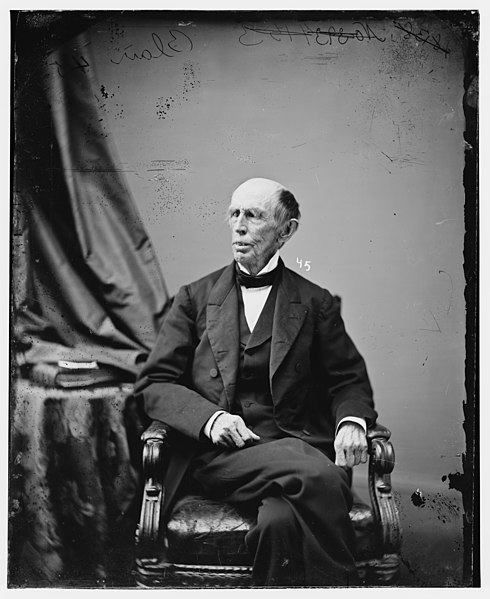The Hampton Roads Conference was a peace conference held between the United States and representatives of the unrecognized breakaway Confederate States on February 3, 1865, aboard the steamboat River Queen in Hampton Roads, Virginia, to discuss terms to end the American Civil War. President Abraham Lincoln and Secretary of State William H. Seward, representing the Union, met with three commissioners from the Confederacy: Vice President Alexander H. Stephens, Senator Robert M. T. Hunter, and Assistant Secretary of War John A. Campbell.
The Conference took place on the River Queen, near Union-controlled Fort Monroe in Hampton, Virginia.
CSA Vice President Alexander Stephens had been trying to end the war since 1863.
John A. Campbell had already attempted once to broker peace between Confederates and the Lincoln administration.
Francis Preston Blair traveled back and forth between Richmond, VA, and Washington, DC, relaying messages between Davis and Lincoln.
The River Queen was a sidewheel steamer launched in 1864. It soon became closely associated with President Abraham Lincoln and General Ulysses S. Grant while operating on the Potomac River, and was used for an unsuccessful peace conference in 1865 during the last year of the American Civil War. Later it operated as a ferry serving the islands of Martha's Vineyard and Nantucket during the late 19th century. Late in its career, it returned to the Potomac as an excursion vessel, and in 1911, it was destroyed in a fire.
Sidewheeler ferry River Queen
The Peacemakers by George Peter Alexander Healy, 1868, depicts the historic 1865 meeting on the River Queen
Sidewheeler ferry River Queen at the wharf in Nantucket, probably during U.S. Grant's nostalgic visit aboard the historic steamer on Aug. 27, 1874.






